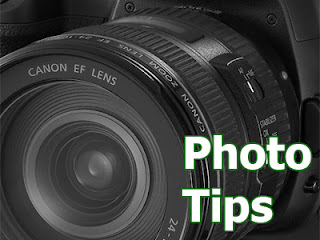About Us

We are the Rogue Birders.
A group of like-minded birders seeking to promote the support of animal rehabilitation, banding research, and the encouragement of youth involvement in the sport.
July 29, 2013 - Editor's Note: One of the many talented whatbird.com forum members, Joseph Cala - who goes by JoeJr on the site, was ...
 Editor's Note: One of the many talented whatbird.com forum members, Joseph Cala - who goes by JoeJr on the site, was nice enough to share one of his many photography tips with the followers of Rogue Birder. Joseph's work can be seen at http://josephcala.zenfolio.com/
Editor's Note: One of the many talented whatbird.com forum members, Joseph Cala - who goes by JoeJr on the site, was nice enough to share one of his many photography tips with the followers of Rogue Birder. Joseph's work can be seen at http://josephcala.zenfolio.com/ |
| Horned Lark (as shot) ©Joeseph Cala |
 |
| Horned Lark Histogram |
 |
| Exposure Slider -5.00 |
 |
| Exposure Slider -1.31 / Highlight Slider -75 |
 |
| Shadow Slider +50 / Blacks Slider -10 |
 |
| Saturation Slider +7 |
 |
| Horned Lark (final image) ©Joeseph Cala |

We are the Rogue Birders.
A group of like-minded birders seeking to promote the support of animal rehabilitation, banding research, and the encouragement of youth involvement in the sport.
I thought I had commented on this the other day, but perhaps I didn't click 'publish'!
ReplyDeleteAnyway, this is a well written article, Joe. I like your included screen shots and certainly the downloadable image.
I have been working with Lightroom for about 5 years, so your workflow is quite familiar to me. I almost always (95% of the time) go beyond LR into NIK for further editing.
As you likely know, I am not a ETTR devotee, but I am aware of the benefits to (sometimes!) applying it, and I applaud any measures one takes to achieve high image (and in particular here) bird photos.